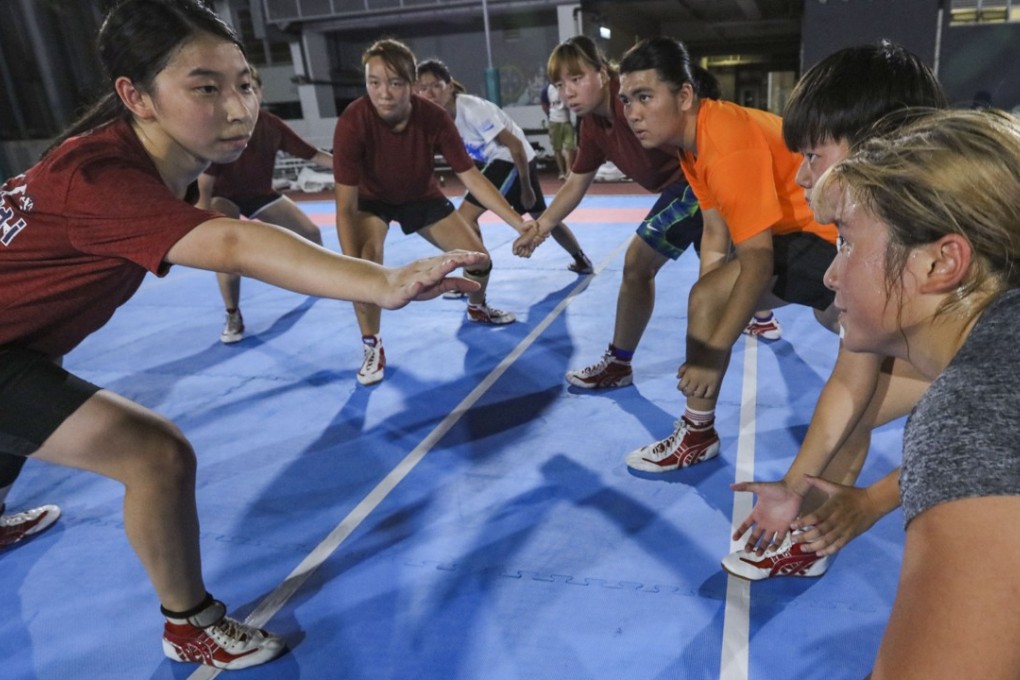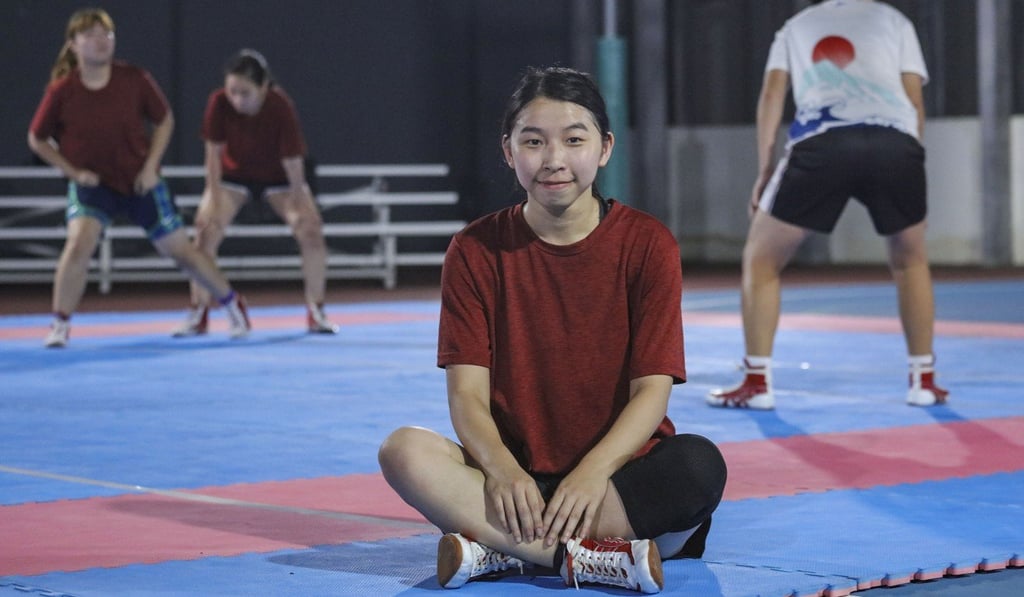Kabaddi, kabaddi, kabaddi: meet the Hong Kong girls smashing cultural stereotypes through this growing Indian phenomenon
The brains behind the city’s first and only team hope introducing the ancient Tamil sport can break down barriers between locals and members of ethnic minority groups

“Kabaddi, kabaddi, kabaddi,” chants university student Lily Hung Ka-lee as she cautiously approaches the opposing team’s half, showing that as the attacker – or “raider” – her breath is not being broken during her allotted 30 seconds.
This is just one of the several quirky rules-turned-traditions of the South Asian sport of kabaddi – conceived in India’s ancient Tamil region, now played by a group of 12 hardy girls in Kowloon.

Kabaddi is a contact sport played by two teams of seven. The object of the game is for the single offensive raider to run into the opponent’s half, tag out as many of the seven defenders, and return without being tackled to the ground.
Raiders collect one point per tag, defenders earn a point per stoppage and each point revives a previously taken-out player. The teams alternate turns until one team runs out of players.
Hung was introduced to the sport via university handball teammate and now Hong Kong women’s kabaddi coach Emily Ho Yan-yee, who wants to expel the myth that all “Kong girls” are bubble wrapped.